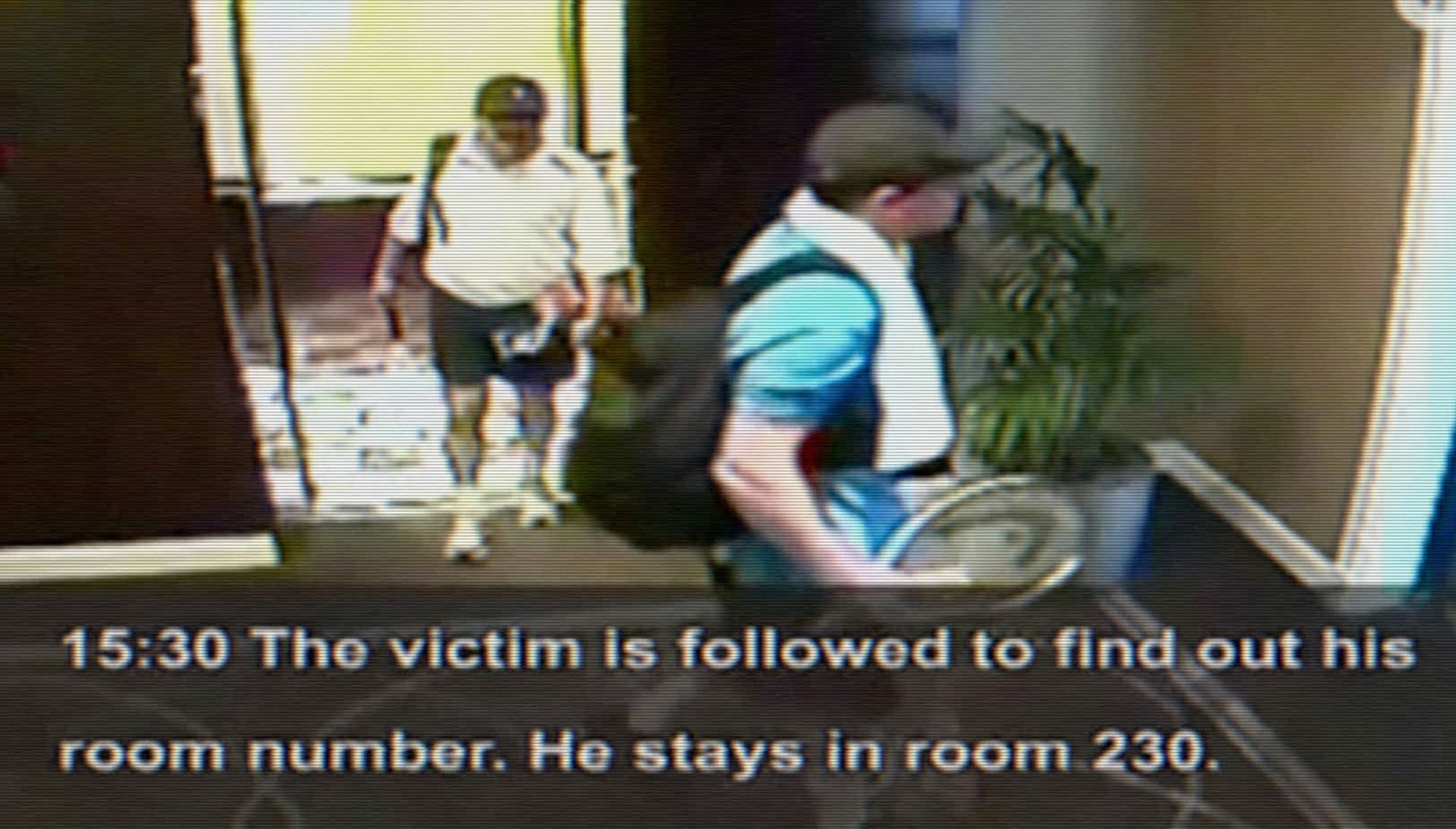The Armory Show has stepped into new terrain this year for its curated section, Focus. Rather than taking a geographical theme as with recent editions of the fair (last year’s was Africa), the 2017 presentation, organised by the curator Jarrett Gregory, is shaped around a socially engaged theme that asks What Is to Be Done? and looks for answers through the art. “What that question encapsulates is a despair and a hope… it questions the potential for change,” Gregory says of the title, which comes from the name of an 1863 novel by the Russian author, Nikolai Chernyshevsky. The work, written while Chernyshevsky was held in a St Petersburg prison over his socialist beliefs, helped inspire young radicals to push for social and political change in Russia.
The work in Focus that Gregory says most directly pushes the limits of what art can do is found at the booth co-presented by the Amsterdam-based Galerie Fons Welters and the Berlin-based gallery KOW, which shows work by the Cercle d’Art des Travailleurs de Plantations Congolaises (CATPC), a collective of plantation workers in the Democratic Republic of Congo (DRC), founded in 2014, that makes figurative sculpture. The group “use[s] work and the art market to try to enact real change”, Gregory says, with proceeds from sales helping the members to buy back plantation land.
Their booth includes two editions of a chocolate sculpture, The Art Collector (2015, edition of five), by members Jérémie Mabiala and Djonga Bismar—plucked from the collective’s current show at the SculptureCenter in Queens for the duration of the fair—which satirises the familiar figure at fairs. The works are first sculpted in clay in Africa, then a 3-D scan of the models is sent digitally to the Netherlands, where they are cast in chocolate—a high-tech twist on the exploitative chocolate trade, explains the Dutch artist Renzo Martens, who is involved in the project.
Some of the other works among the 12 solo presentations of artists from ten countries are less “disruptive”, Gregory says, but also provoke serious social questions, such as the photographs by the American artist Deana Lawson, presented by the Chicago-based Rhona Hoffman gallery, that look at the black body. “In Deana’s work, she is building relationships with her subjects and creating a really staggering kind of intimacy,” Gregory says.
She also points to the work of the Polish artist Roman Opalka, who died in 2011, presented by the Venice-based Galleria Michela Rizzo. The artist “became obsessed with the idea of time” and began painting the numbers to infinity on successive canvases in 1965, gradually shifting to a white-on-white palette. The booth gives an interesting view of infinity and mortality; a triptych of these canvases hangs on one of the open booth’s two walls, while the other wall has four smaller works, examples of the black and white photographic self-portraits the artist would snap in front of each infinity painting after he finished it—a finite gesture that shows the artist aging.
Both artists’ work “have a certain meditative quality that I wanted to start with”, says Gregory, who has arranged the booths side-by-side so that they are the first things visitors see upon entering the section. “The point of [Focus] was to draw connections and links between these very different places,” she says of the dialogues created within the open layout.

Focus also gives visitors to the frenetic fair an apt opportunity to focus, with video works like the 48-minute-long film Blue Orchids (2017) by the Belgian artist Johan Grimonprez, presented by the New York-based gallery Sean Kelly, which looks at the global arms trade. “For me it’s something I can never un-watch. It’s one of those formative experiences with a work of art that has been in my mind since I saw a working version of it years ago,” Gregory says. “In terms of any political conversation, I thought it was really important to start there.”
The sector also provides an accessible inroad for visitors new to the art fair experience. “I think what [the fair organisers] wanted to see from me was a selection of artists that I thought people should be looking at right now… I put together a show that I would really want to see,” Gregory says. “I think at art fairs, there are people buying, but there are also people who are just coming to see art. [Focus] may not be the best shopping experience for some people, but in terms of seeing art, it’s a great experience.”


